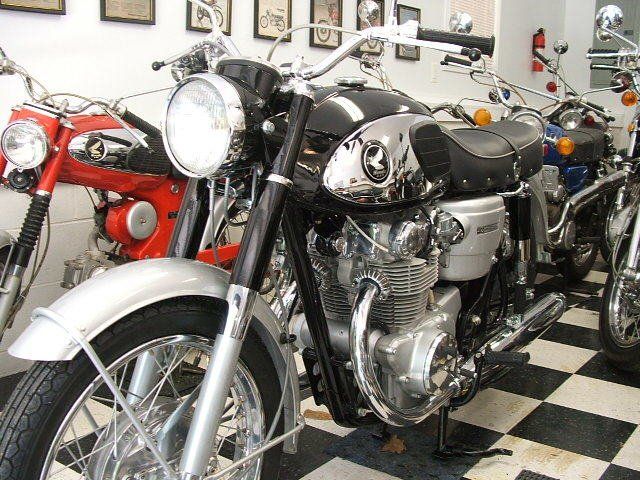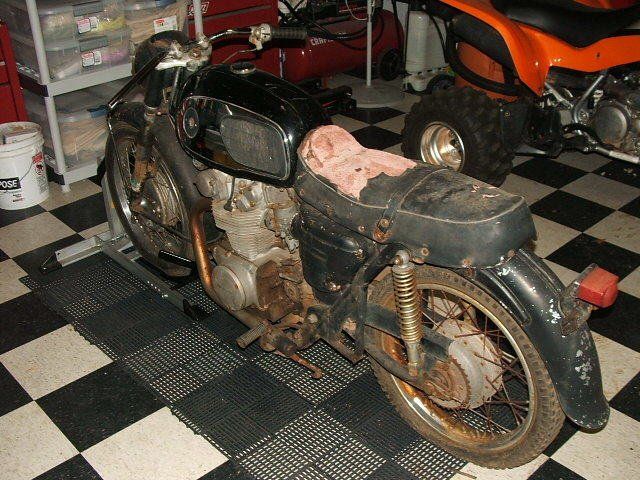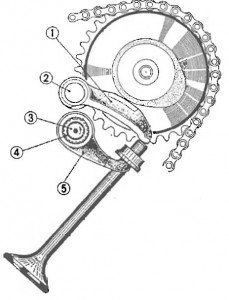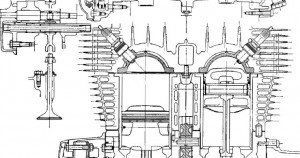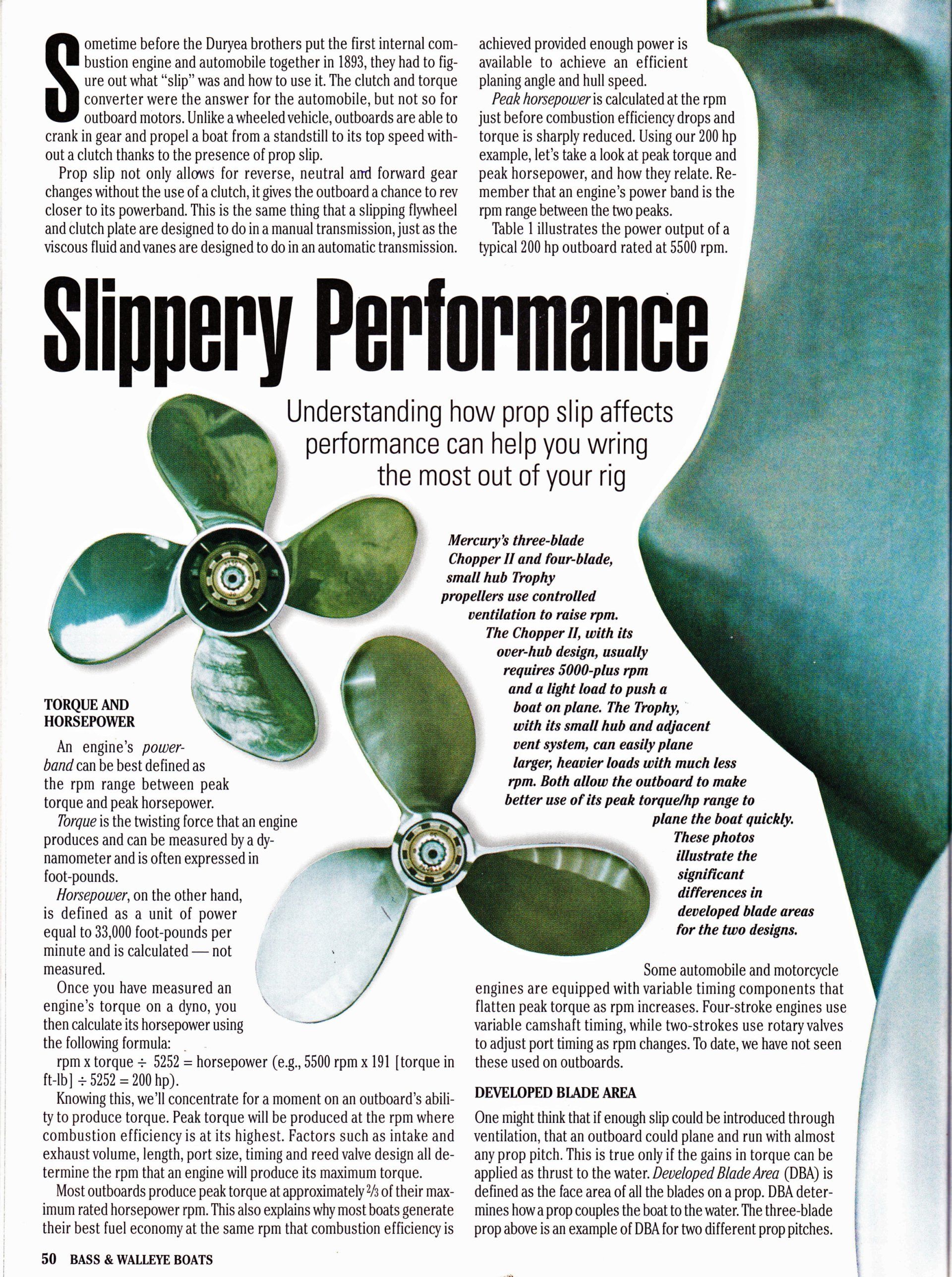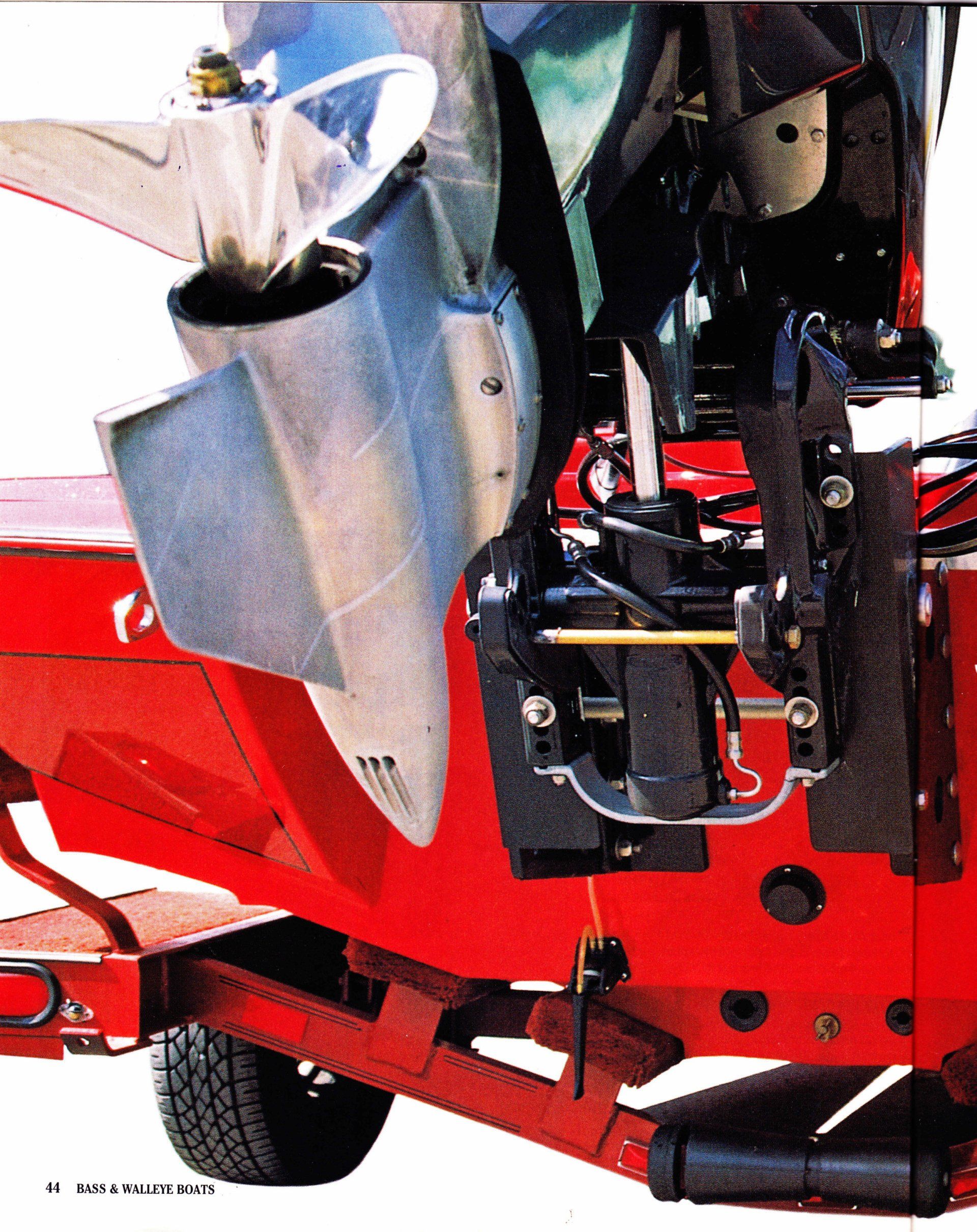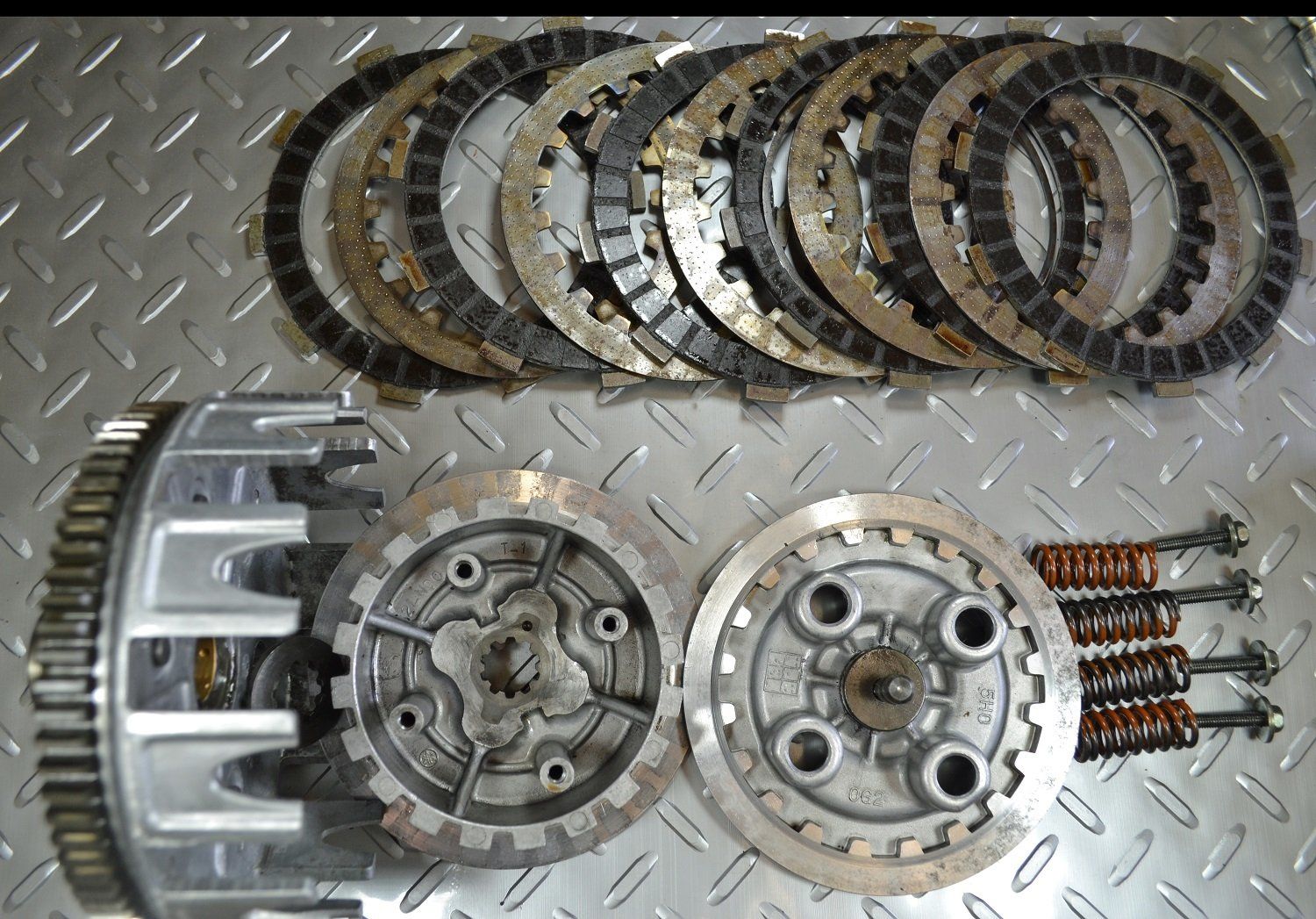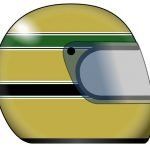Quite the hot-rod this bike was! Rumors still say there are really 2 stories behind it’s nick-name –
One says the bikes (available only in Black) were Japan’s weapons to do battle with the British 650’s of Triumph and BSA which it would outrun and outlast them – thus “Black Bomber” (war machine on which to do battle)
Of course the rumor that is not as flattering is that salesmen gave the odd-looking bikes that name because they weren’t selling and had therefore ‘bombed’. Since all were Black – thus “Black Bomber”. I’ve never liked this story, so I made-up the first one!


